HAIKAST IX – Labyrinth Love
I dedicate this Haikast to my wife, Jennifer Anne Riddle, for our 11 year wedding anniversary!
I asked Jen to marry me in the center of a labyrinth on a cold February afternoon. The previous week was Valentine’s Day and she was clearly upset that I did not pop the question during dinner in downtown Indianapolis. She didn’t know that I was waiting for Ash Wednesday the following week.
I first met Jen in Boston in 2009. She was one of my sister’s roommates. When I went to cheer on my sister in the Boston Marathon, the all women’s Christian household where Suzanne lived allowed an exception to have a guy stay overnight since I was a family member.
I was dating at the time, so I didn’t think beyond the budding of a platonic relationship. Besides, I have never had much of a radar for flirtation. We did share great conversations about Jack Kerouac, the band U2, the NFL, and my endeavor to write a book about the Columbus flood recovery. We even shared an ice cream cone. Platonically.
It was about a year later when she called me randomly after the Indianapolis Colts lost the Super Bowl to the New Orleans Saints. She called again a month later when the Duke Blue Devils beat the Butler Bulldogs in the NCAA basketball championship. At that point, I was single and surprised by what became clear, after the second call, that these were not random conversations.
We quickly jumped to topics with a little more spiritual depth.
Independently, in that spring of 2010, we both decided to give up all liquids except water for Lent. She was doing it for a ministry called Blood:Water mission. I was doing it because I realized that I had become entirely too dependent on daily coffee. This opened up our conversations of shared journeys.
You may say that we entered the labyrinth together that spring.
Two years later, when we were walking a real labyrinth together – on the threshold of the marriage proposal – we had been through a lot. She moved to Columbus and transferred to Christian Theological Seminary in Indianapolis to complete her Masters of Divinity degree. We broke up twice as I navigated the nagging suffering of post-divorce life and introducing my children to her. We lived through me having a major depressive episode. It wasn’t a straight shot to the altar. I don’t think life ever is as linear as we want it to be.
Labyrinths have been around a long time. If you dive into the history, you’ll discover that many ancient cultures spread across the globe have iconography related to labyrinths. Coins from Greece in the 5th century BC included labyrinth images. It is thought that the labyrinth has been part of human civilization for over 4,000 years.
If you are not familiar with labyrinths – or perhaps only associate the term with David Bowie’s film from the 1980s – there is a very strong distinction from a maze. People get lost in mazes in a series of dead ends with only one way through. If doing a maze on paper, you may need to erase your path a few times before successfully finding your way out.
You will not get lost in a labyrinth or need to retrace your steps. While the traditional labyrinth, codified in the 13th century floor of a French cathedral, may seem intimidating with 11 concentric rings leading to a circle in the middle – it is not a place of dead ends. You will find your way to the center – to what some labyrinth aficionados describe as the womb. A safe place to reflect before reentering the world.
Labyrinths are the home of spiritual ritual. On that Ash Wednesday with Jen, I chose the labyrinth walk as a sign that we would never face a dead end. We might not be able to anticipate the twists and turns, but we would do it together, we will find the center.
As we walked out, we headed inside the church on the property. We walked out with ash on our foreheads, a sign that sacrifice and mourning is part of this life. While probably not the first choice of most people who are minutes into engagement, it was fitting for us. Even in the moment of showing shared aspirations of a lifetime of love, we acknowledged that our time together would come to an end – that one of us would have to step out of the labyrinth first.
We have walked many labyrinths over the last 12 years. For years, I had been trying to build a labyrinth in Columbus. Finally, starting just before the pandemic, First United Methodist Church – where Jen was working – agreed to pursue putting a labyrinth in the lawn just north of the church. The labyrinth was installed in 2022, 10 years after our wedding. Benches and native plants adorned the corners. New trees were added to make the space feel more intimate.
In early summer of 2023, Jen made the decision to leave her job to take on a new ministry position at First Presbyterian Church, just a couple blocks away. It was an emotionally difficult time for both of us as she decided to leave her first job in full time ministry.
Before making her announcement, I joined Jen in late May as she led others from the church in a labyrinth walk, one of the first facilitated educational walks she had led with members of the congregation.
As is my practice, when I reached the center of the labyrinth, I paused in prayer. When I opened my eyes, I saw her – with both churches, like bookends, in my field of vision. We would be walking on soon, together, in her ministry journey, taking an unexpected twist on a path whose only promise is to never lead to a dead end.
Centered, still, movement
From labyrinth, two steeples
She is walking out

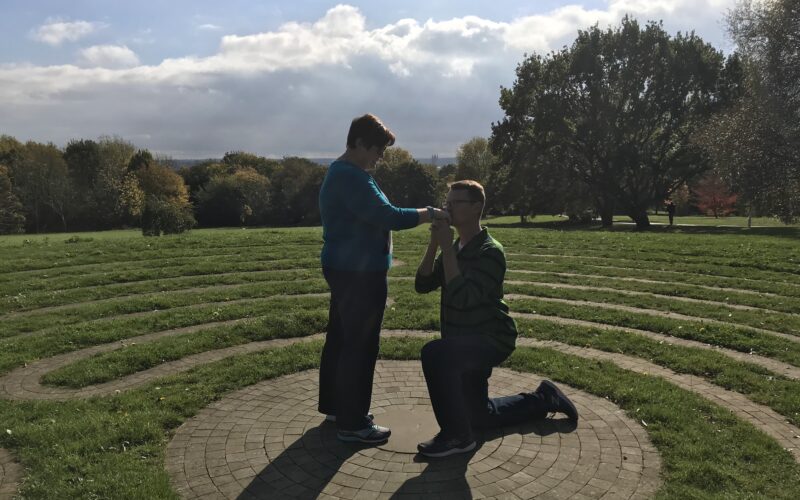
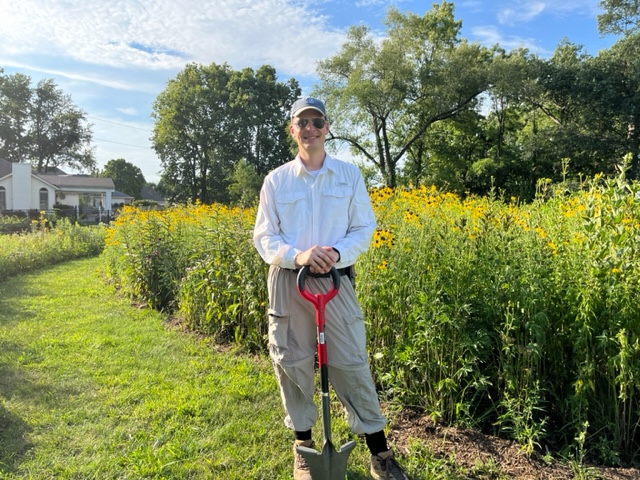
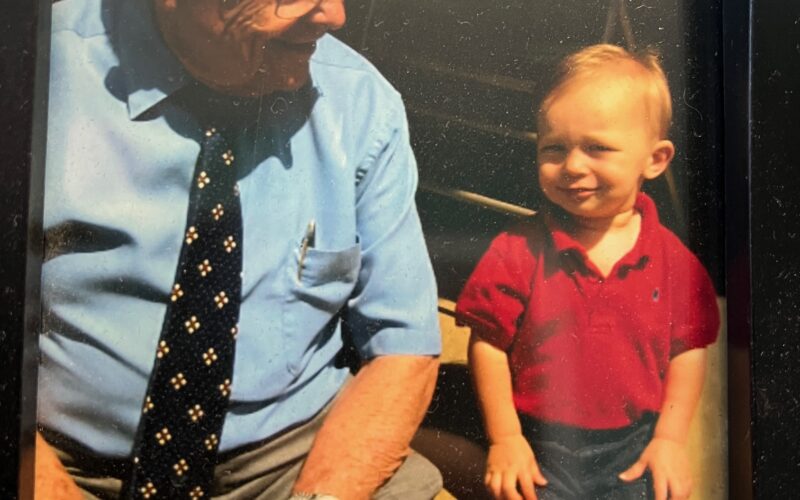
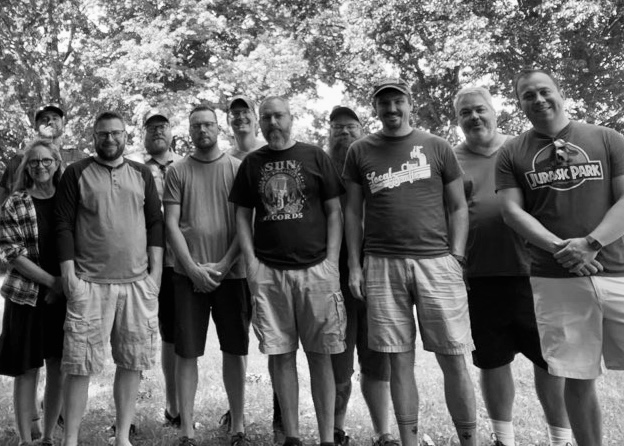
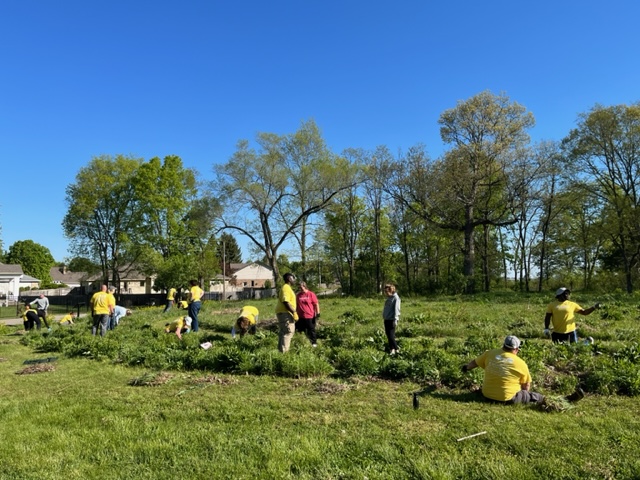
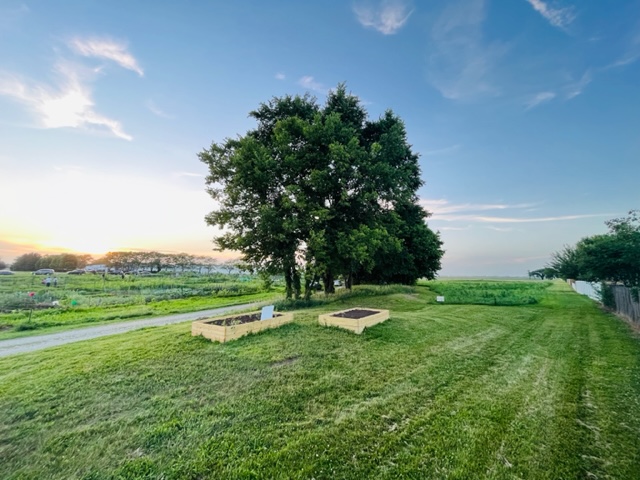
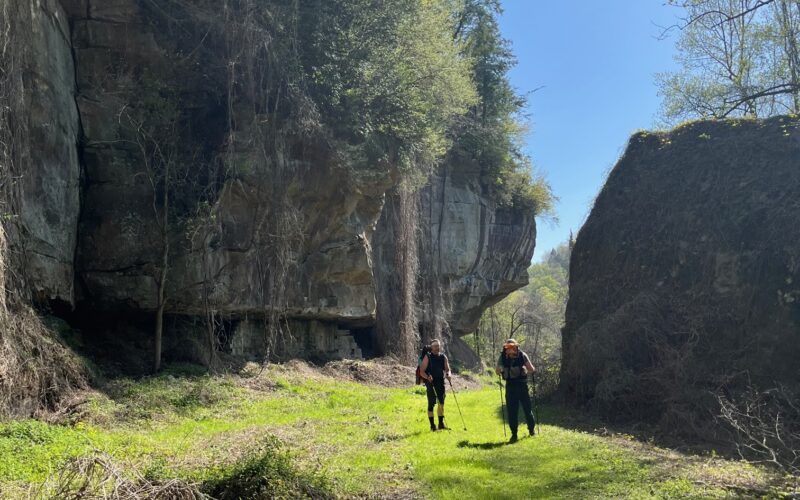
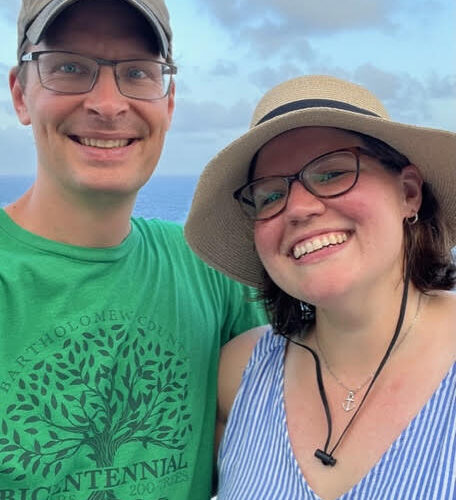
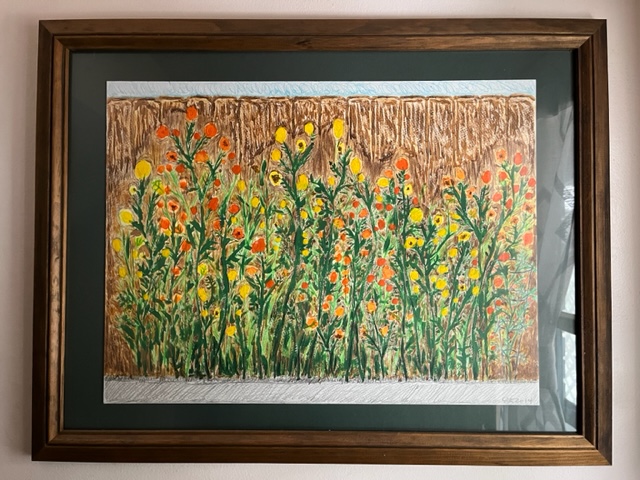

Recent Comments